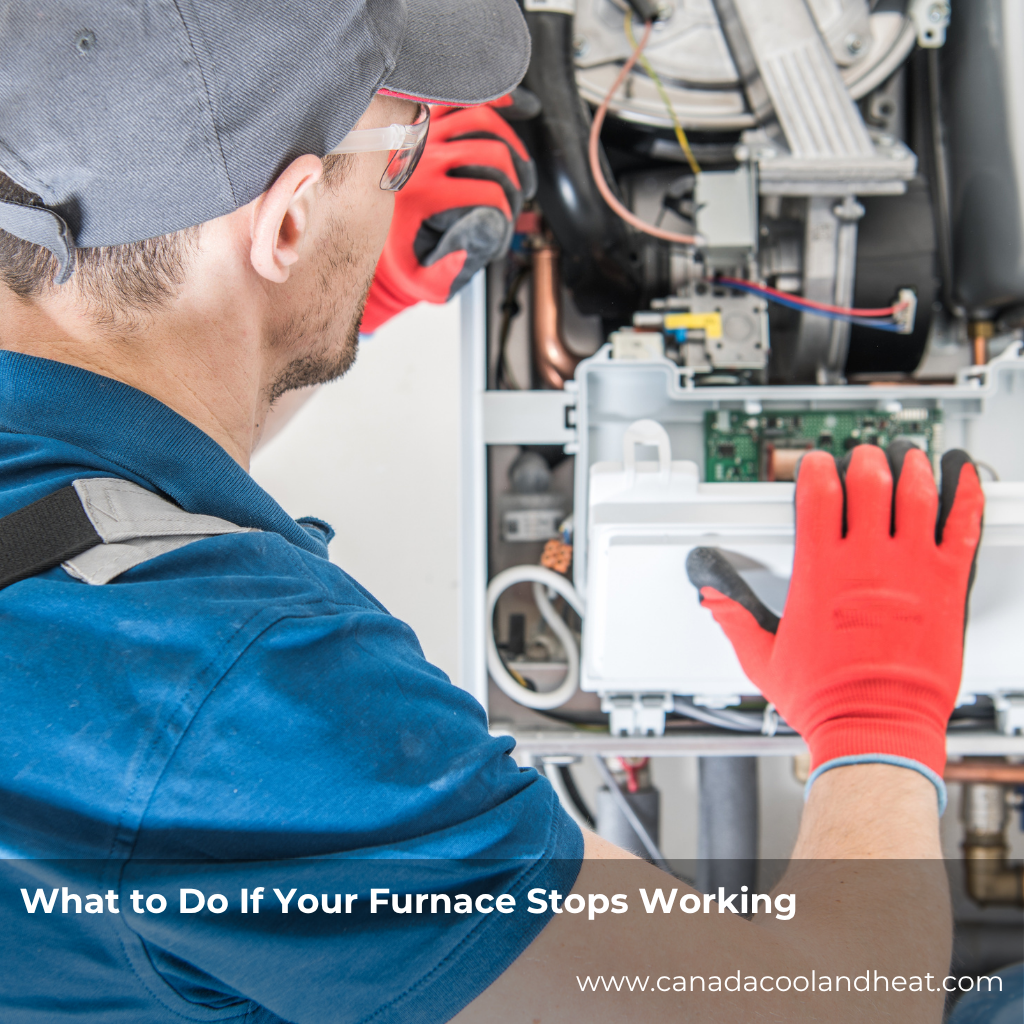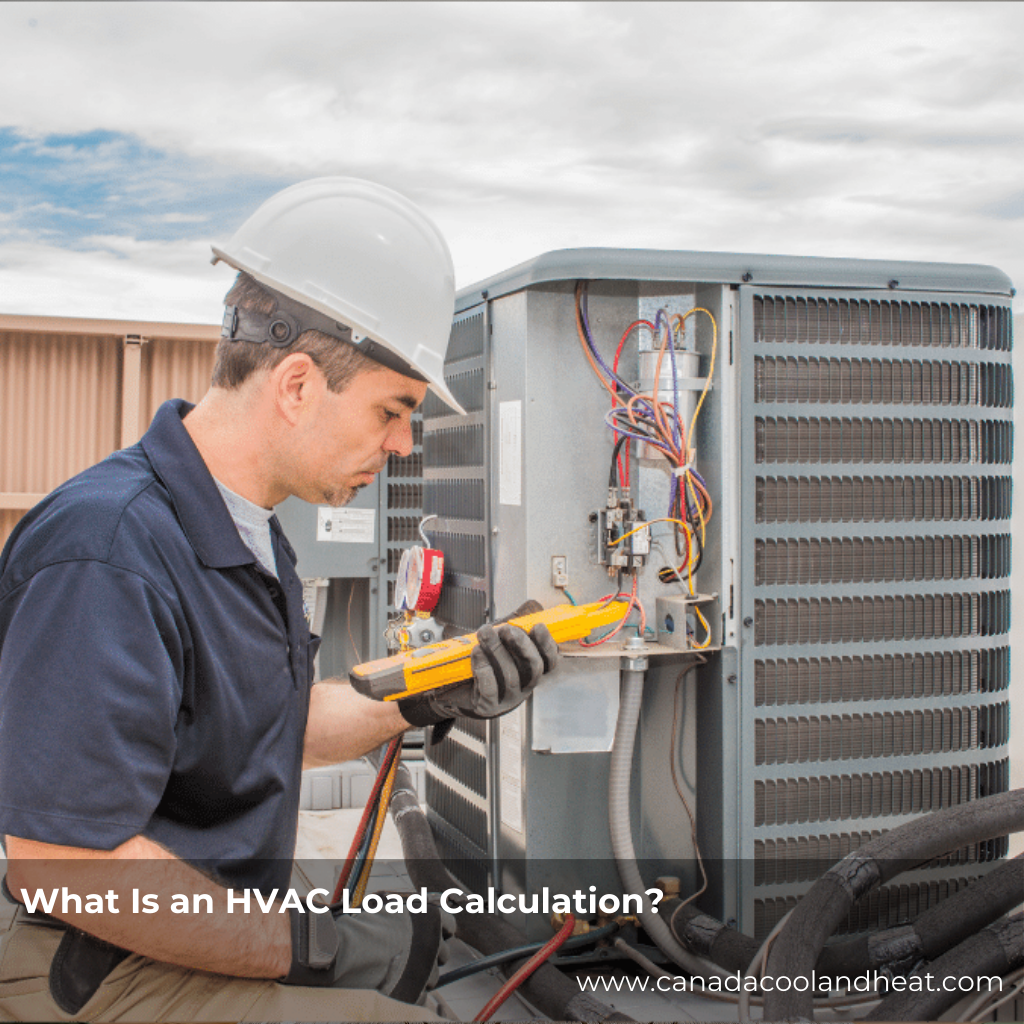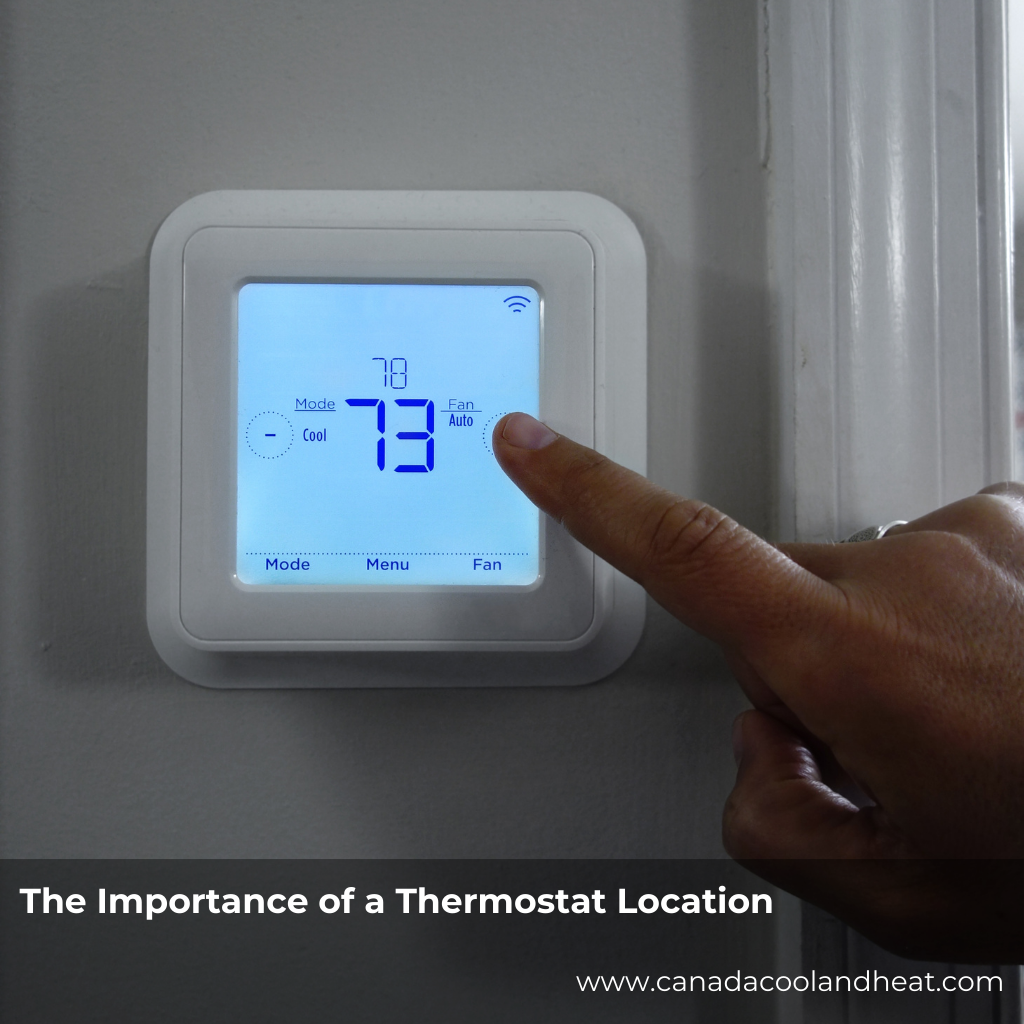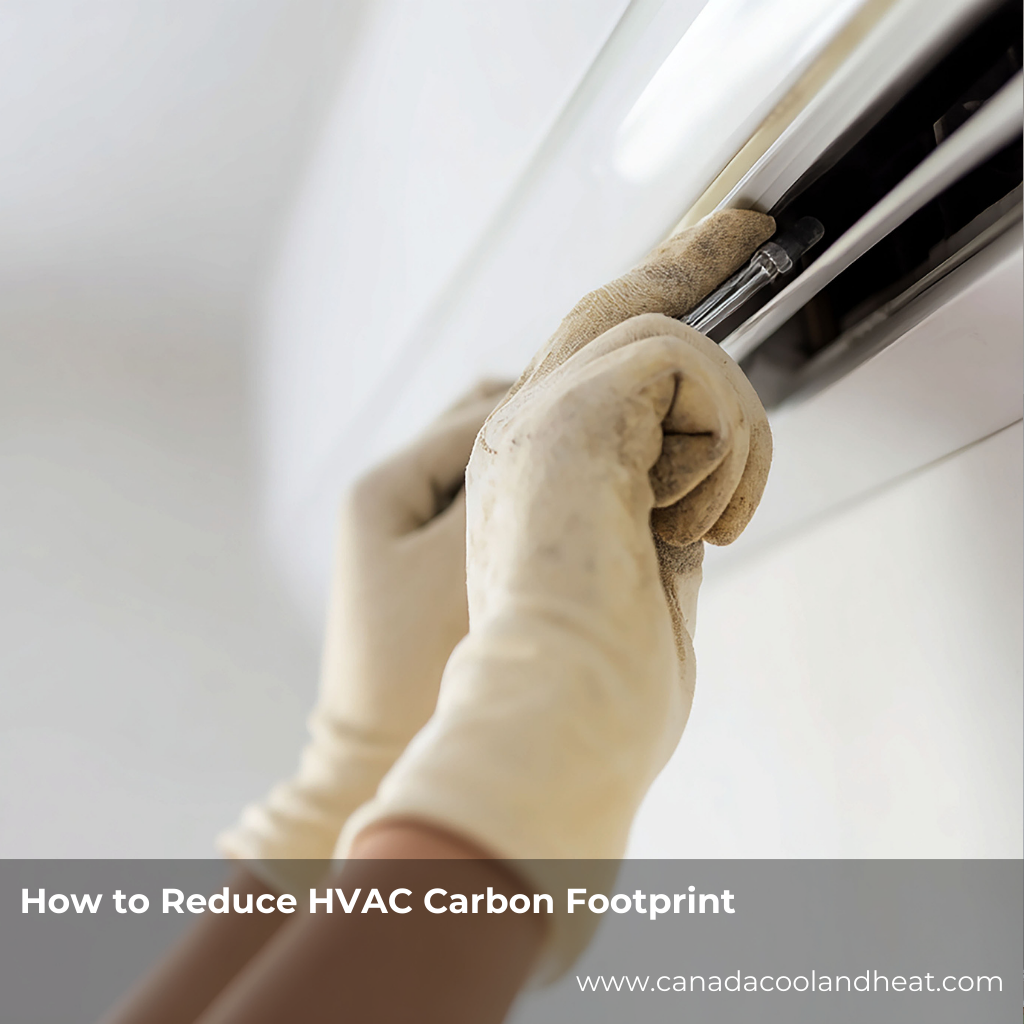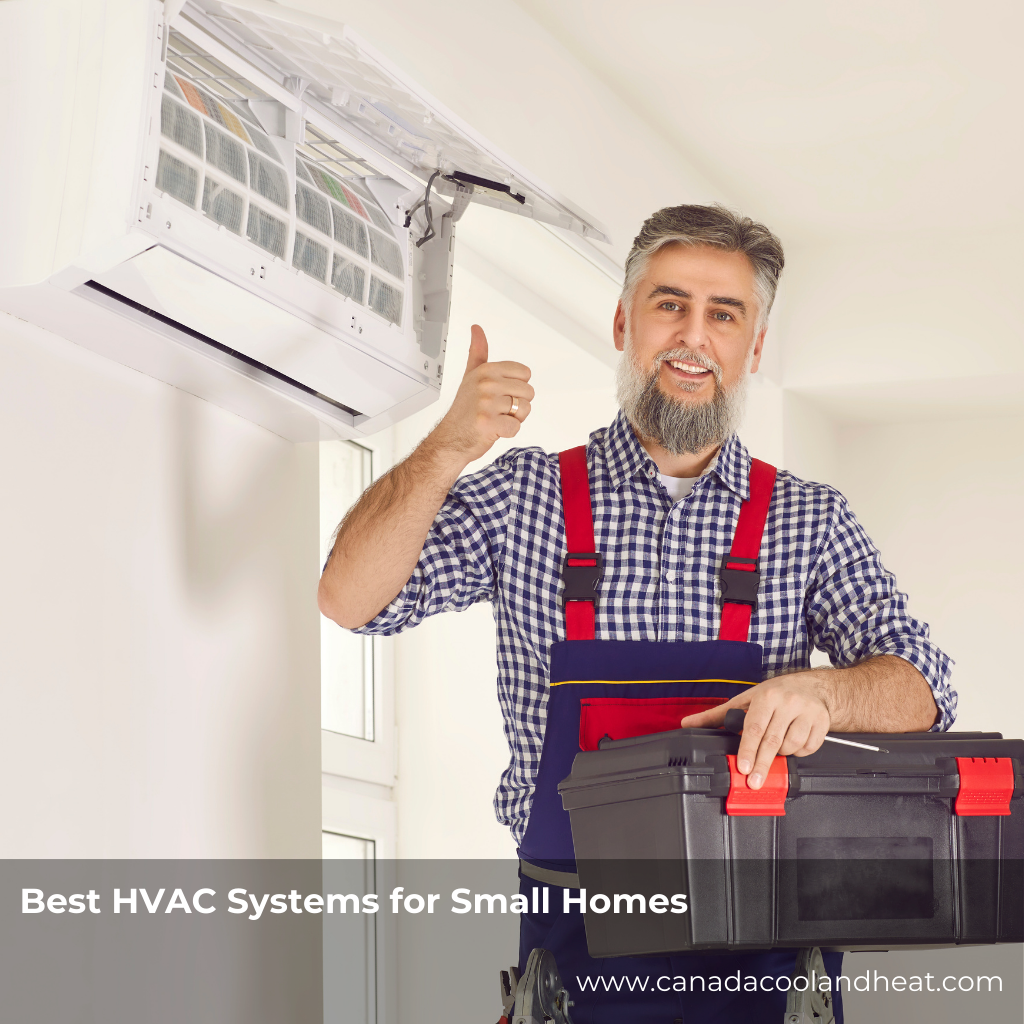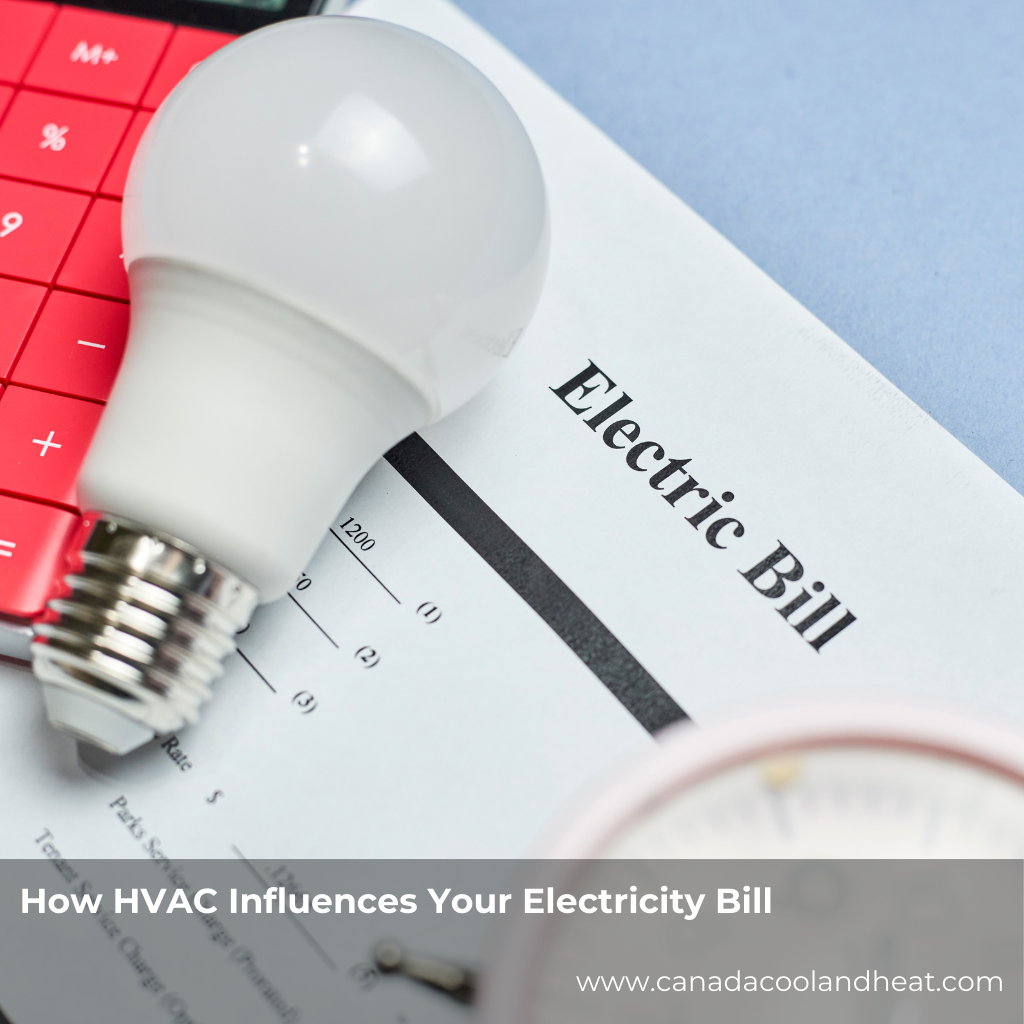It always happens on the coldest day of the year. You wake up, step out of bed, and realize the house feels like an icebox. The thermostat reads 60°F even though it’s set to 72°F. You try turning the furnace off and on again — nothing.
That was exactly how Laura felt one winter morning in her suburban home. But what started as a frustrating furnace failure turned into an eye-opening lesson about how kitchen ventilation and HVAC balance are more connected than most homeowners realize.
Step 1: Don’t Panic — Check the Basics
Before calling an HVAC technician, take a deep breath and go through a quick checklist:
-
Thermostat Settings:
Ensure it’s on Heat and the temperature is set higher than the current room temp. -
Power Supply:
Check the furnace switch, breaker, and fuse box. A tripped circuit breaker is often the silent culprit. -
Air Filter:
A clogged filter can cause the furnace to overheat and shut down automatically. Replace it if it’s dusty or gray. -
Pilot Light or Ignition:
If your furnace uses a pilot light, verify that it’s lit. For modern systems, make sure the electronic ignition is working.
If none of these quick fixes work, it’s time to consider how your home’s ventilation system might be playing a bigger role than you think.
Step 2: The Hidden Connection — Kitchen Ventilation and HVAC Balance
Most homeowners don’t realize that their vent hood can influence the entire HVAC system. In vent hood HVAC kitchens, powerful exhaust systems pull out air (and the heat or conditioned air along with it) faster than it’s replaced.
How It Works:
-
When your range hood pulls air out of the kitchen, your HVAC system must replace that air from somewhere — usually by drawing in outdoor air through small leaks or vents.
-
If your hood is oversized or your home is tightly sealed, this can create negative pressure, meaning your furnace or water heater may struggle to draft properly or even shut off as a safety measure.
Laura’s home had a brand-new, high-powered range hood installed just a month before her furnace started acting up. It turned out that the powerful fan was creating a vacuum effect, pulling warm air out of the house faster than the furnace could replace it.
Step 3: Understanding Proper Ventilation for Cooking
Cooking produces heat, moisture, and airborne grease — and a good kitchen ventilation system keeps your home’s air healthy. However, proper ventilation means more than just installing a strong fan. It’s about balance.
Ventilation Best Practices:
-
Use Makeup Air:
For vent hoods over 400 cubic feet per minute (CFM), most building codes require a makeup air system that introduces fresh outdoor air to offset what’s being exhausted. -
Right-Sized Range Hood:
Match the hood size to your cooktop and kitchen space. Oversizing can lead to the negative pressure issues mentioned earlier. -
Duct Design Matters:
Smooth, short, and properly sized ducts reduce resistance and improve efficiency. -
Regular Maintenance:
Clean filters and inspect ducts every 6–12 months to prevent airflow restrictions.
Step 4: How Range Hoods Affect HVAC Performance
Your HVAC system — including your furnace — depends on balanced airflow. When exhaust systems pull too much air out, the furnace’s efficiency can drop dramatically.
Here’s what can happen:
-
Inconsistent Heating: Rooms far from the furnace may feel colder.
-
Backdrafting: Gas appliances might draw exhaust gases back into the home.
-
Energy Loss: Conditioned air is expelled faster than it can be replaced, forcing the HVAC to work harder.
-
Comfort Issues: You may notice drafts, uneven temperatures, or dry air.
To prevent this, make sure your vent hood and HVAC are properly sized and balanced — ideally during the design or renovation phase of your kitchen.
Step 5: Sizing Guidelines for Vent Hoods and HVAC Harmony
Here’s a simple rule of thumb:
| Cooktop Type | Recommended Hood CFM | Notes |
|---|---|---|
| Electric (30–36”) | 150–300 CFM | Standard airflow for residential kitchens |
| Gas (30–36”) | 300–450 CFM | Gas burners produce more heat & moisture |
| Professional Gas (36”+) | 600–1,200+ CFM | Requires makeup air system |
| Outdoor Kitchens | 1,000+ CFM | Must be paired with balanced HVAC setup |
If your vent hood exceeds 400 CFM, consult an HVAC professional to design a makeup air solution — often a small duct that brings in tempered outdoor air when the hood is in use. This ensures your home remains balanced, safe, and comfortable.
Step 6: When to Call a Professional
If your furnace still isn’t working after basic troubleshooting, or you notice it shutting down when the range hood runs, it’s time to call an HVAC expert.
They can:
-
Inspect for pressure imbalances
-
Test combustion air supply
-
Verify furnace safety systems
-
Recommend proper vent hood sizing or makeup air systems
Conclusion
When your furnace stops working, it might not just be the furnace’s fault. Sometimes, the real issue lies in how your home breathes — particularly through vent hood HVAC kitchens.
By understanding the connection between your kitchen ventilation and overall HVAC balance, you can keep your home comfortable, energy-efficient, and safe all year round.
FAQs
1. Can a kitchen vent hood affect furnace performance?
Yes. A powerful vent hood can create negative air pressure, making it harder for your furnace to operate efficiently.
2. What is a makeup air system?
It introduces fresh outdoor air to replace the air exhausted by your vent hood, maintaining balance in your home.
3. How do I know if my range hood is too powerful?
If you notice drafts, backdrafting, or pressure issues when it runs, it may exceed your HVAC’s capacity.
4. Should my HVAC technician check my kitchen vent system?
Absolutely. HVAC pros can ensure your furnace and ventilation systems work together seamlessly.
5. How often should I clean my vent hood filters?
Every 3 months for regular use — more frequently if you cook often or fry foods.
6. Why did my furnace shut off when using my kitchen exhaust?
Negative pressure or insufficient makeup air can cause safety sensors to trip and shut off the furnace.
7. What’s the ideal CFM for a small kitchen?
Typically 150–300 CFM is sufficient for most small electric cooktops.

